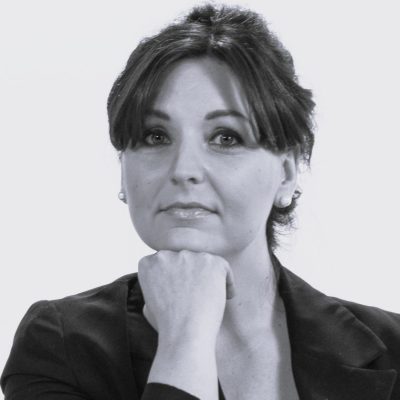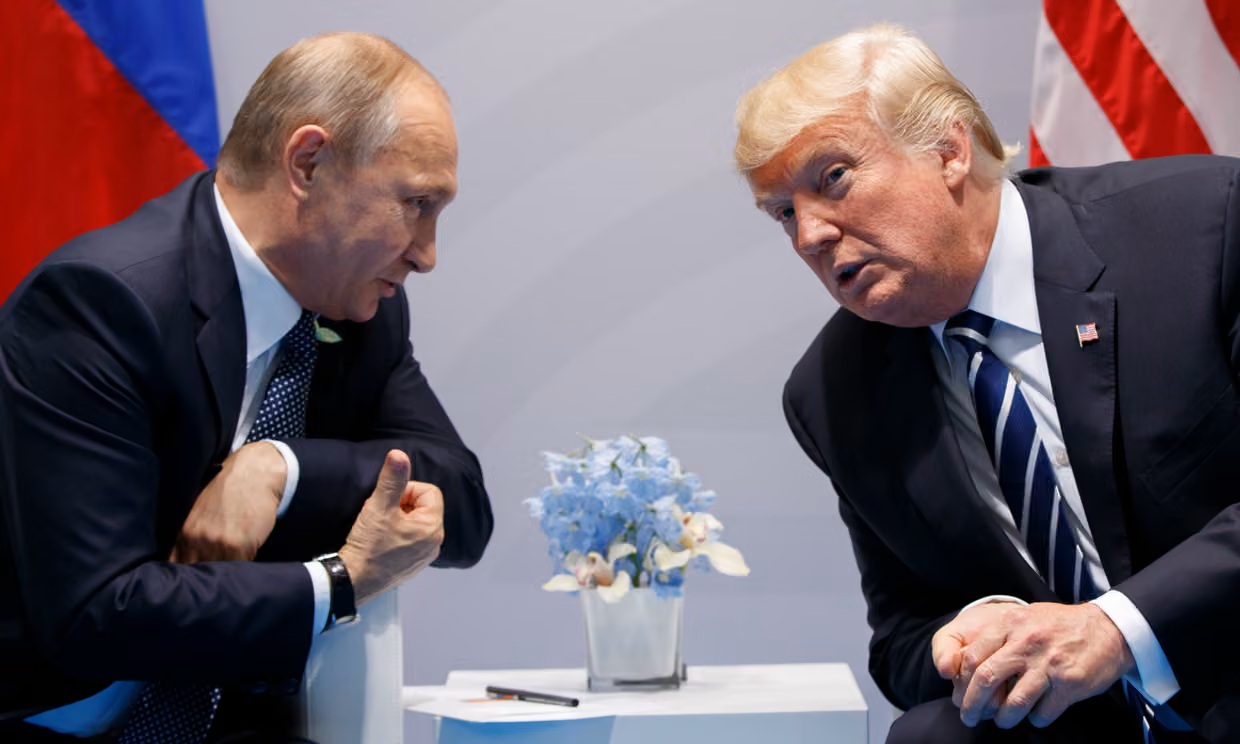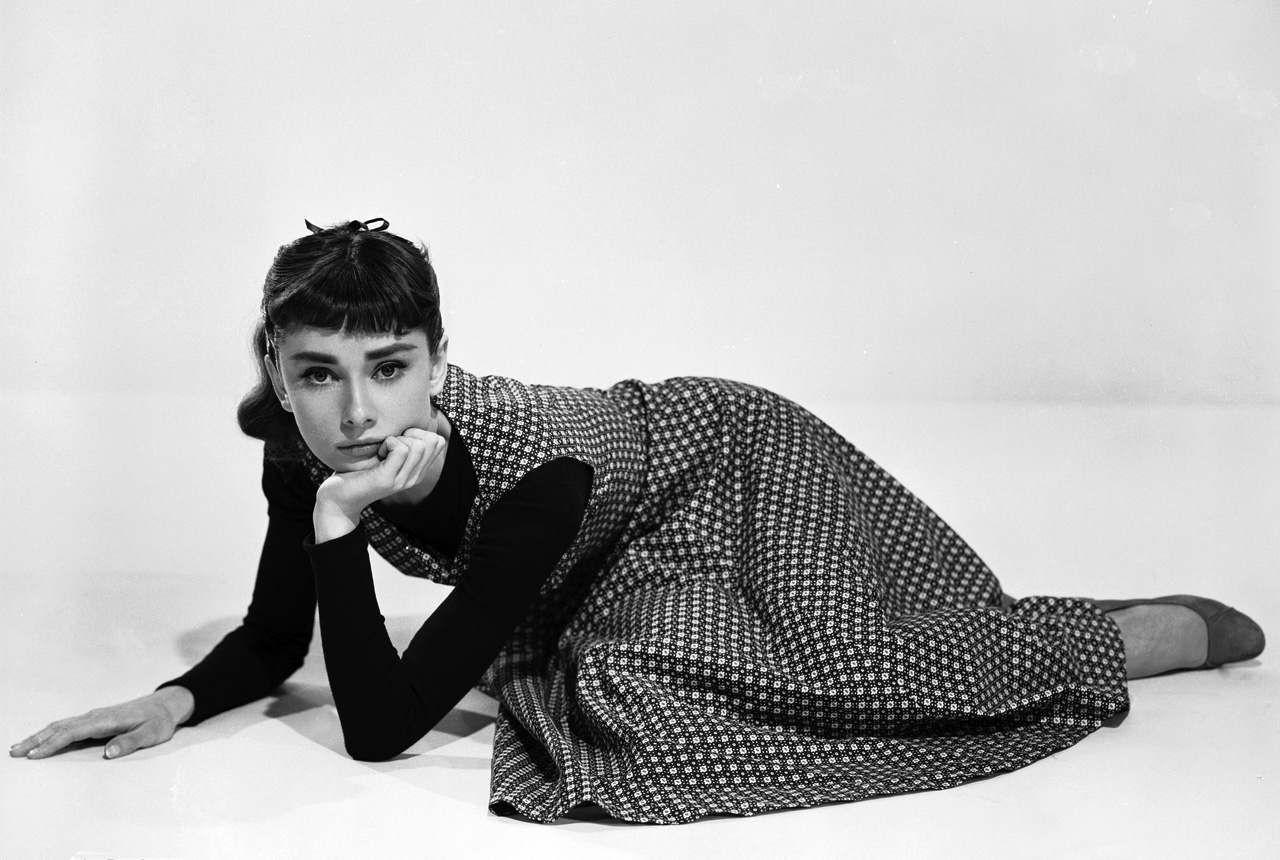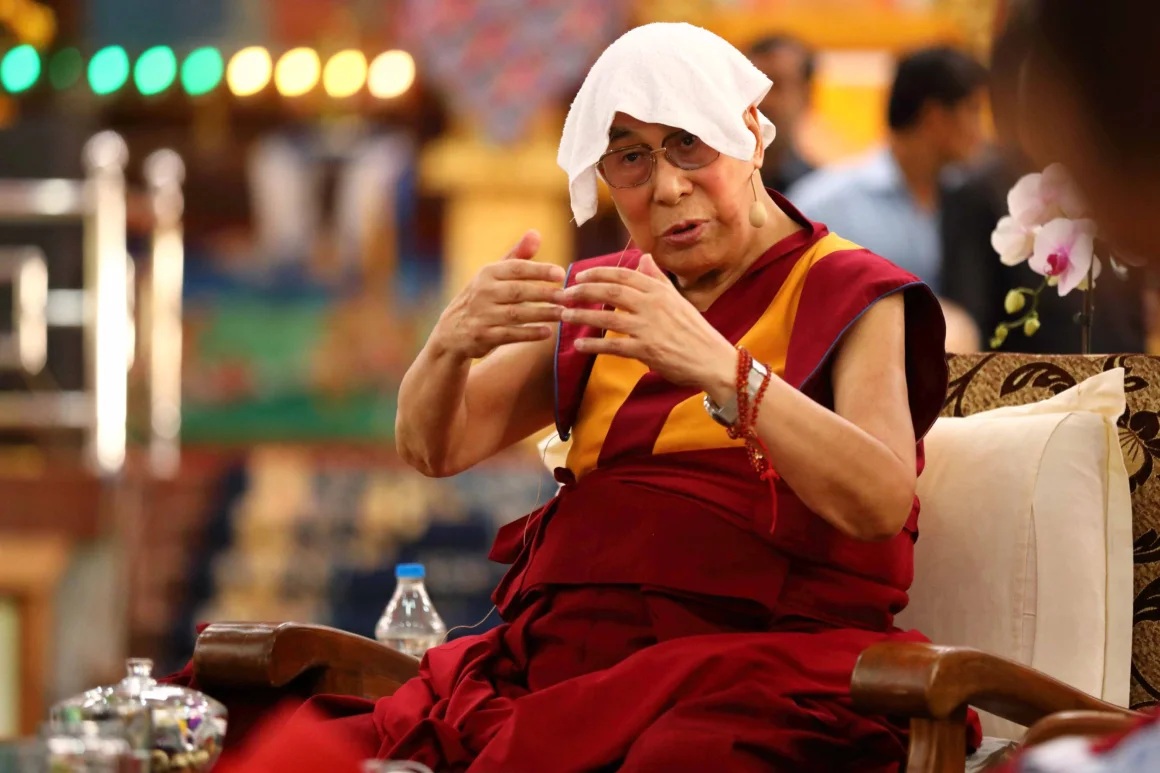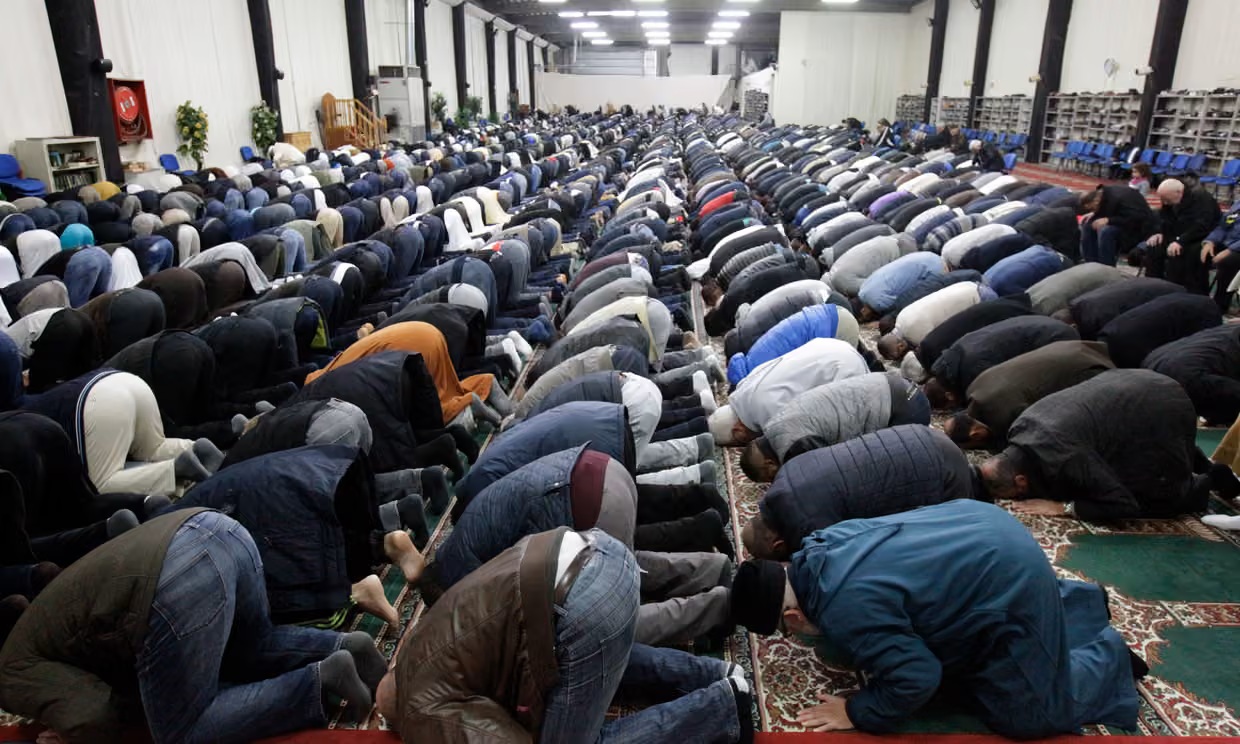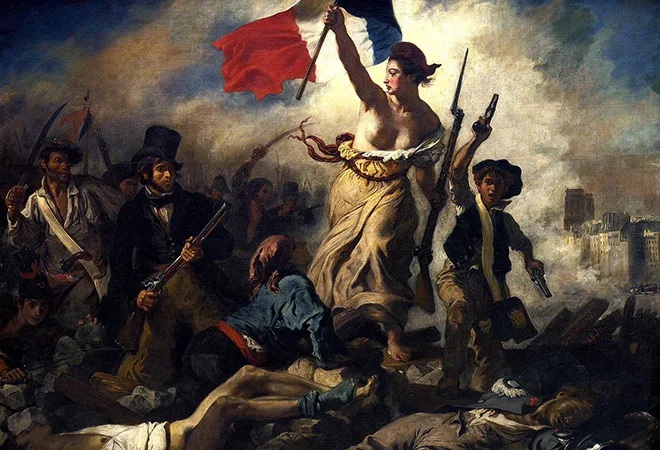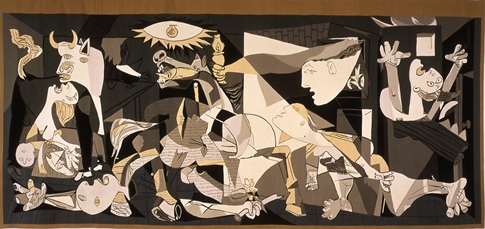
Machines now write, paint, compose and design. What was once the result of personal struggle, intuition, intellect, long practice and lived wisdom now seems within reach of algorithms. Of course, it’s tempting to embrace such efficiency. Yet art is never about speed or convenience. It’s about the experience of creation itself, about the rhythm of awareness and feeling.
The French philosopher Henri Bergson spoke of durée, an inner time no clock can measure. Today, we would call it flow. Art emerges in the tension between time, feeling, and thought. Between practice and theory. Body and mind. Maurice Merleau-Ponty has already pointed out that perception is never just about seeing or hearing, but is always an interplay between the body and consciousness.
An artist captures this complex web of experience in their work. A machine can produce a form or a sentence, but it can never transform. AI undoubtedly, insightfully, and vulnerably, as humans do. It’s precisely those elements that make art alive.
For me, writing is a ritual of self-inquiry. My novel in progress isn’t just a story but a manifesto of lived experience. Each scene has evolved from personal experiences, sleepless nights, moments of euphoria, and times of being stuck, forcing me to begin again. I read my texts aloud while walking through the room, searching for the right balance between the commercial and the philosophical, between plot and poetry.
Writing is falling and rising again, a process that grows slowly and in which mistakes are necessary. It proves that artistry isn’t a technical skill but an existential act. In an age where machines accelerate our work, I choose my rhythm, often slow, sometimes erratic, but always human.
The French thinker Gaston Bachelard viewed poetic imagination as a space where time, memory, and dream converge. That’s where art arises—ideas woven out of observation and emotion, of matter and light. Art emerges where we dare to fail and slow down. Where we refuse to be guided by algorithmic perfection. Pure artistry is, therefore, an act of resistance against predictability and uniformity.
Henri Maldiney, a lesser-known but influential philosopher, described art as a way of experiencing existence itself. In the creative process, we connect with our deepest selves and with the world around us. That’s precisely what cannot be automated.
The Polish philosopher Leszek Kołakowski reminded us that creative autonomy is essential for freedom. Whoever chooses pure artistry – creation without AI – refuses to surrender to convenience and external structures. Ernst Bloch added that creativity always carries a utopian dimension. Art looks forward, builds alternative realities and feeds our imagination.
The French philosopher Catherine Malabou coined the term "plastic intelligence," referring to the mind's ability to reshape itself continually. That’s precisely what artistry requires in the age of AI—flexibility, transformation, and yet fidelity to an inner core.
The Japanese philosopher Tetsuro Watsuji, who reflected on space and human relations, emphasised that art is never purely personal. It’s always a dialogue with the world—a fabric of context and culture. A machine may imitate this, but it can never truly experience it.
In my novel and future projects, I feel that responsibility. My choice for pure creation isn’t only artistic but also philosophical. Creating is an extension of accumulated wisdom. It’s a tribute to the human capacity to generate meaning, to struggle and to overcome.
Artistry today demands more courage than ever before. The courage to fail, begin again, remain faithful to one’s rhythm, and to resist the machinery. It’s an act charged with both intellect and emotion, celebrating the essence of our existence. Whoever chooses the human rhythm, embracing imperfection and authenticity, chooses freedom.
That’s why my call is simple: keep creating. Keep searching, failing, and rising. Choose the process, not the shortcut. Choose the rhythm that only you can make. Choose pure. In that choice lies profound wisdom. A philosophical exercise and an act of resistance. Only then does art emerge that truly lives, breathes, and is remembered. Art that doesn’t roll out of an algorithm, but comes from a human being. That’s the true power of art and of life itself.
